The Barn Hill Preserve hosts guided tours of experiences, invites visitors to hang out with sloths and otters, and provides opportunities for visitors to swim with otters. You are correct in thinking this if you are stressed out due to working long hours or the monotonous routine and wonder, “What could make me feel more relaxed?” The solution to this problem is to hang out in a pool with some Asian small-clawed otters.
More info: barnhillpreserve.com | Facebook | Instagram


To participate, individuals must be at least 16 years old and sign a waiver before they may have the experience. “We are an institution in Ethel, Louisiana, that possesses a federal license. According to what the President and Chief Executive Officer of Barn Hill Preserve, John “Gabe” Ligon, told Bored Panda, “our otter swims are a pretty limited experience because we don’t supply many.” “The swim experience comes complete with a tour of the preserve, which features a climate-controlled sloth exhibit in addition to African servals, red kangaroos, and red kangaroos,”
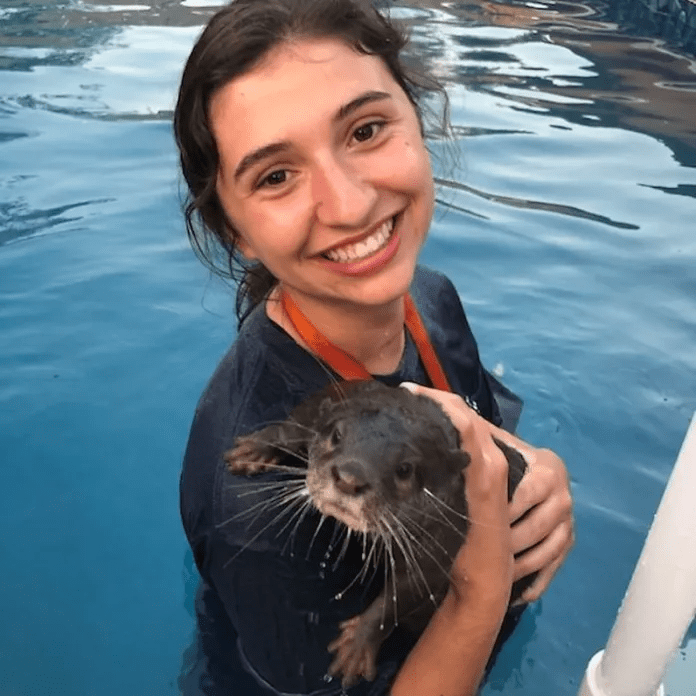

The otter swim component of the excursion entails spending time with the otters, during which you will have the opportunity to change clothing, get oriented, and swim. It lasts for approximately sixty-five minutes. The average time that otters spend swimming in the pool is 35 minutes. Because only a certain number of otters are allowed to swim, it continues to be an exceptional experience for them.

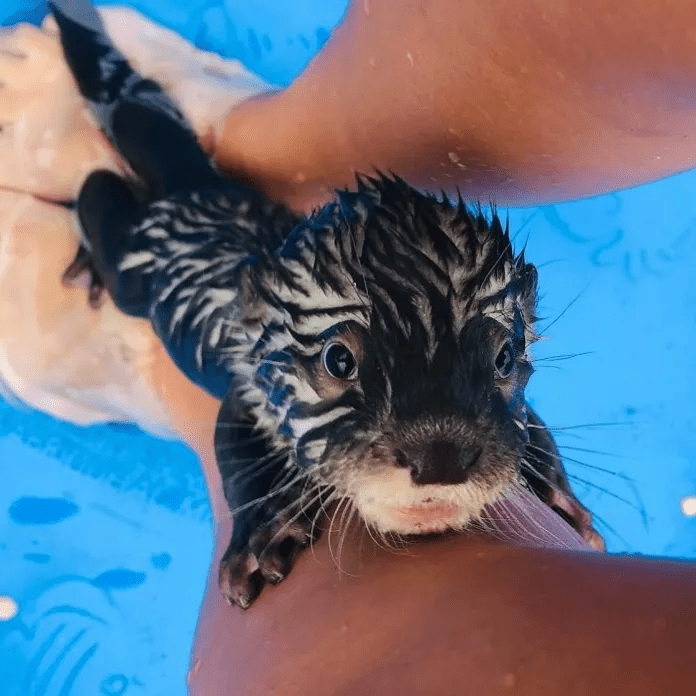
Nevertheless, the preserve is responsible for a great deal more. “We also give a home for animals, including a huge group of free-flying macaws,” added Ligon. “We are a sanctuary for all kinds of creatures.” The longevity of these macaws can reach up to 80 years, and their intelligence is comparable to that of human children. For these birds to be able to spend their entire lifespan in the rural areas of Louisiana, we teach them how to fly. We have high hopes that people will be motivated to assist in the conservation of these birds’ wild relatives. The latter is suffering a rapid loss of habitat due to human development. Some animals were voluntarily given up by their owners, while others were acquired through prearranged transactions with federally approved facilities.

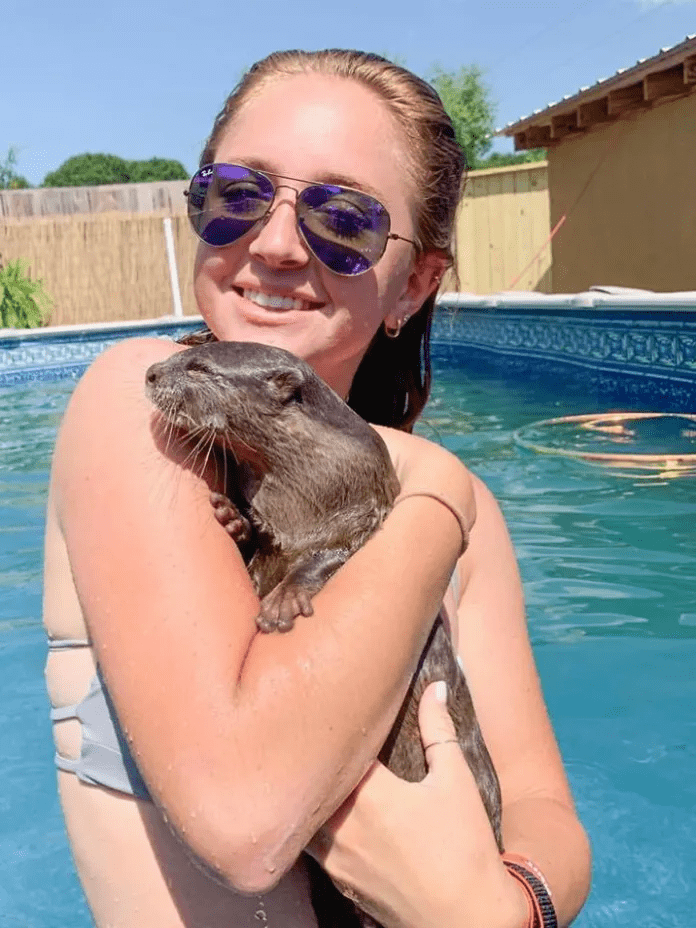
The Asian small clawed-otter is the smallest species of otter that may be found anywhere around the globe. It is located in the mangrove swamps and freshwater ponds of South and Southeast Asia and lives in extended family communities. Only the mating of alpha pairs is allowed in these communities, and offspring from previous years help rear young.



An Asian otter living in the preserve will, daily, be greeted in the morning by the aroma of a breakfast consisting of fish and shrimp. They start their day by going for a morning swim, grooming each other to help them dry off, napping in the middle of the day, chasing insects that fly into the exhibit, and taking additional naps. Our otters on display have access to a big privacy house located behind the scenes, and they are free to go there if they do not feel like interacting with other visitors.
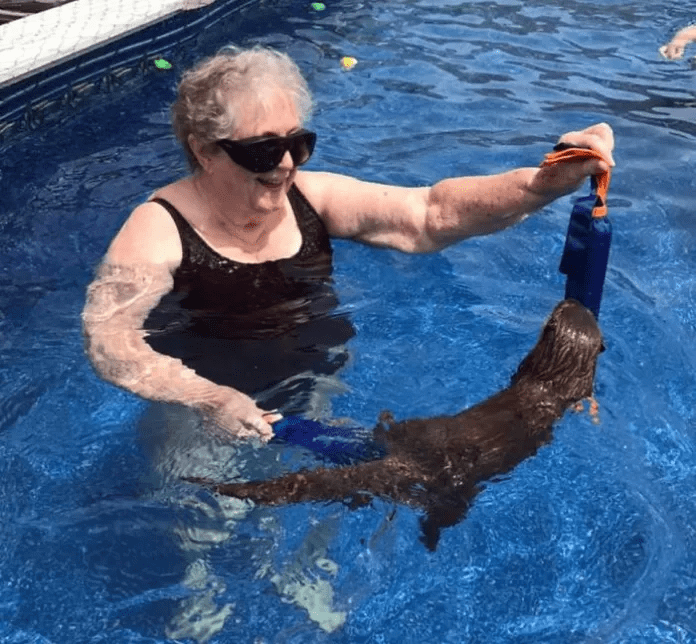


“We conduct free educational sessions to pupils in elementary schools, some of whom have never seen these animals in real life,'” Ligon continued. “We are proud to be able to make a difference in these students’ lives.” “We participate if is organized by the Dream Day Foundation that provides a day packed with enjoyable activities and no worries to the patients of St. Jude and their families. ” The previous year, several staff members, including myself, participated in efforts to save spectacled flying foxes in Cairns, Australia, that had become orphaned due to the record-breaking temperatures there. While we were in Australia, we also took the opportunity to present the Tree Kangaroo Rescue and Conservation Centre with a contribution check from our fundraising efforts in recognition of their incredible job with tree kangaroos. Additionally, Barn Hill Preserve has been highly involved in the activities of the neighbourhood.

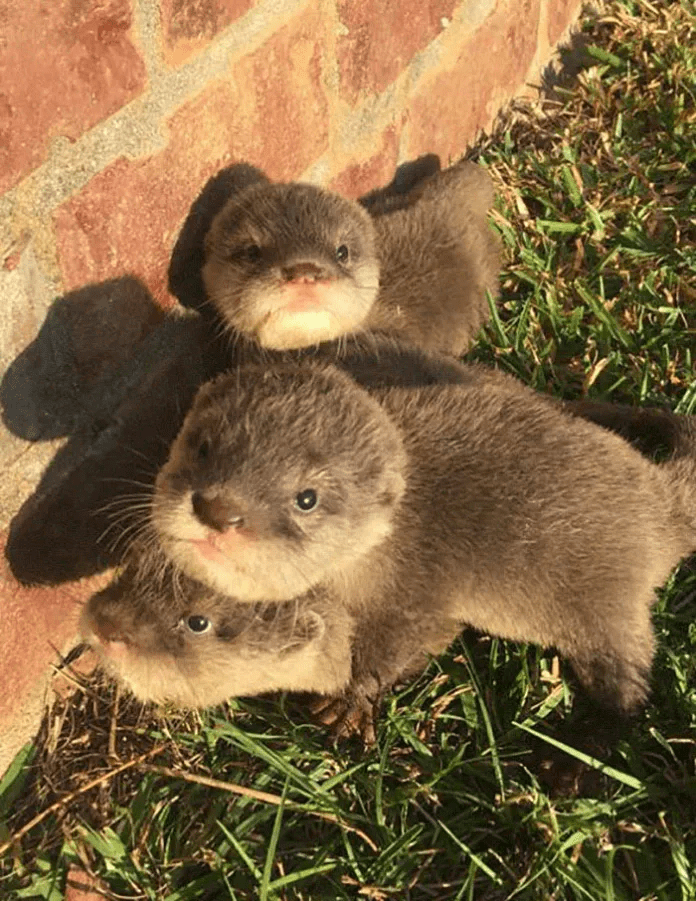

“The work that we do here evokes great enthusiasm in each of us. We issue a call to action to the general population to become involved in issues about the environment and the world in which they live so that we may ensure that natural habitats for wildlife will continue to exist for future generations.







